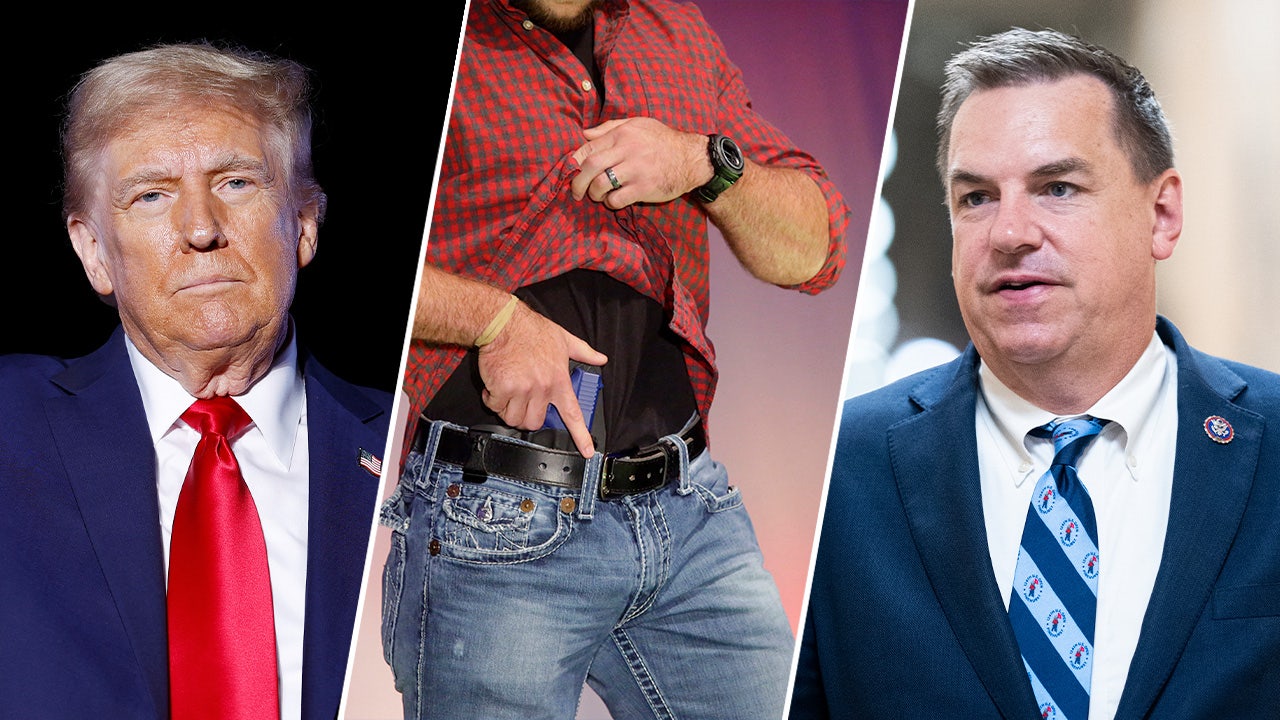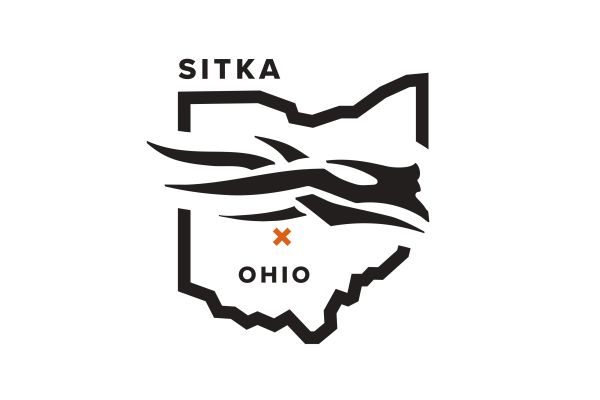My view of the future is notoriously fuzzy. After all, I once confidently predicted that plastic “nano lenses” would replace glass in our rifle scopes and binoculars. So take this roster of 2025 predictions, which I make in the latest episode of the Outdoor Life Podcast, with a grain of salt and skepticism.
Some of these prognostications are finely detailed; others are broadly thematic. But they contain the stories and topics that we’ll be talking about through the next year.
The Public-Land Transfer Movement Will Fail
This is going to turn some crazy corners, but ultimately will fizzle out. For background, this is an old idea that’s become new again thanks to Utah’s politicians who maintain that the federal government never intended to own and manage large tracts of land. Transfer proponents want millions of acres of federal land to be turned over to state management. If that idea came to fruition, you’d see whole National Forests and BLM districts turned over to state agencies.
I predict this is going to fail, mainly because it’s a bad idea that won’t result in better management but rather in chaos that will benefit industry and land developers, not hunters and anglers. I predict that Western stockgrowers, who lean heavily Republican, will be part of quashing this, once they learn that their BLM grazing leases would cost 500 to 1,000 percent more under state management, forcing them into bankruptcy. The heart of this movement is a strategy by states – with Utah first among them – to get some concessions from the feds, including a carve-out that Wyoming alone currently enjoys: no new national monuments. Ultimately, after a lot of angst and controversy, I predict that some Western states will get this concession in return for dropping the nonsense of federal-land transfer.
CWD Will Spread to Oregon and Arizona
This isn’t a wild guess. I predict the spread of CWD will hit the next gear in 2025, not only spreading to states like Arizona and Oregon, but also deeper into the Southeast, where it will disrupt the rich hunting traditions in Georgia and South Carolina. I’m not ready to predict the first verified transfer of deer-borne CWD to humans, but I think we have to expect that to happen at some point.
More broadly, I predict that wildlife diseases – I’m talking pneumonia in wild sheep, lungworm in moose, a strange new eyeworm found in grouse and partridge, not to mention avian flu – will get a lot more attention from state agencies. These diseases will also start to affect hunters’ willingness to eat wild game and serve it to our friends and families. Growing awareness of the intersection between wildlife diseases and human health is going to fuel a lot more interest in detecting novel diseases and will accelerate what’s called the One Health movement. That’s a growing awareness that landscape health, wildlife health, and human health are all interconnected and interdependent. It’s easy to make fun of this as some liberal big-government silliness, but it’s an old idea that farmers and rural people have known and practiced for centuries.
Read Next: Chronic Wasting Disease Still Confounds Researchers. But Some Important New Clues Have Emerged
We’ll See the Creation of a National Hunting Coalition
On the heels of the defeat of I-127 in Colorado in November, I predict you’re going to see the rise in a national hunter rights coalition – think of the NRA for hunters. There have been relatively successful individual groups – Safari Club and Sportsmen’s Alliance – but a lot of other organizations have spun up Political Action Committees in recent years, including Boone and Crockett Club and RMEF. I think there’s going to be a rising realization that hunting, angling, and conservation is one of the few bipartisan issues we have left and I think you’re going to see a group form that combines members, funding, and energy from lots of different individual groups. This movement will be able to mobilize at the state and national levels to defeat anti-hunting initiatives, which are growing in sophistication, funding, and organization.
We’ll See More Critter Groups
While we’re on the topic of organizational growth and effectiveness, I predict you’re going to see more species-specific conservation groups emerge in 2025. Late in ’24 we saw the Mule Deer Foundation spin up the Blacktail Deer Foundation. Look for a Pronghorn Antelope Foundation, maybe a Prairie Grouse Society, and Black Bears Forever. The Panfish Alliance? Tree-Squirrels Unlimited?
Wolves and Grizzly Bears Will Be Delisted
I predict you’re going to see the Trump administration delist grizzly bears and Great Lakes populations of wolves pretty quickly in 2025. It’s a little unfortunate that these two species and conservation strategies are linked. Wolves are a no-brainer – they met all requirements for delisting years ago and are going to be just fine under state management. Griz, however, are a little different. This is largely because while they’re thriving in some of their core habitats, there’s relatively little connectivity between, say Yellowstone Plateau and the Bob Marshall Wilderness, or the Bob and the Bitterroot, or the Yellowstone and the southern Continental Divide. You hear a lot about the slow reproductive capacity of grizzlies. What you hear less is that we’re one or two mega-fires away from losing big chunks of their core habitat, and their ability to move between ecosystems is going to be important to their long-term survival.
Technology (and Our Discontent With It) Will Force Uncomfortable Choices
It’s hardly predictive that the interest in thermals and wirelessly connected electro-optics is intensifying. But so is the push-back on this sort of disruptive technology. I predict both these forces are coming to a head in 2025. Idaho’s HATS – Hunting and Advanced Technology Working Group – is considering the intersection between technology and hunter effectiveness. The potential problem is that we’re becoming a lot more lethal hunters thanks to laser rangefinders, smart scopes, and long-range rifles and bows. Now add widespread adoption of thermals and devices that allow us to see into the night. Boone and Crockett Club is looking at how technology affects fair-chase ethics, and I predict agencies will start to restrict certain tech, or maybe create seasons and opportunities both for those with the latest tech, and those without it.
We’ll See Accelerated Industry Consolidation
The hunting and shooting industry is ripe for consolidation of both smaller and larger brands under umbrella holding companies. We saw some interesting mergers of brands on the hunting and shooting side in 2024 that’s similar to the consolidation that defined the fishing industry a decade ago. I don’t think this consolidation is going to slow down given the intense effort and cost to get products to consumers. This makes building efficiencies and economies of scale natural, and there are so many brands – think smaller gun companies, optics brands, outdoor clothing start-ups – that are starved for attention and investment.
The Trump Tariffs Will Be Good For Domestic Sporting Goods
Whether incoming President Trump will actually impose sweeping tariffs on products from overseas, tariffs on many sporting goods sourced overseas could be very good for home-grown brands that are made by Americans, and used on American soil and waters. I predict a rise in these small, hyper-regional, and extremely authentic brands that harness social media to find their audience and customers. The downside? Expect to pay dearly for these homegrown products.’
Read the full article here




